It’s time to recognize the remarkable recovery of an iconic Pacific Northwest wildflower, says U.S. Fish and Wildlife Service
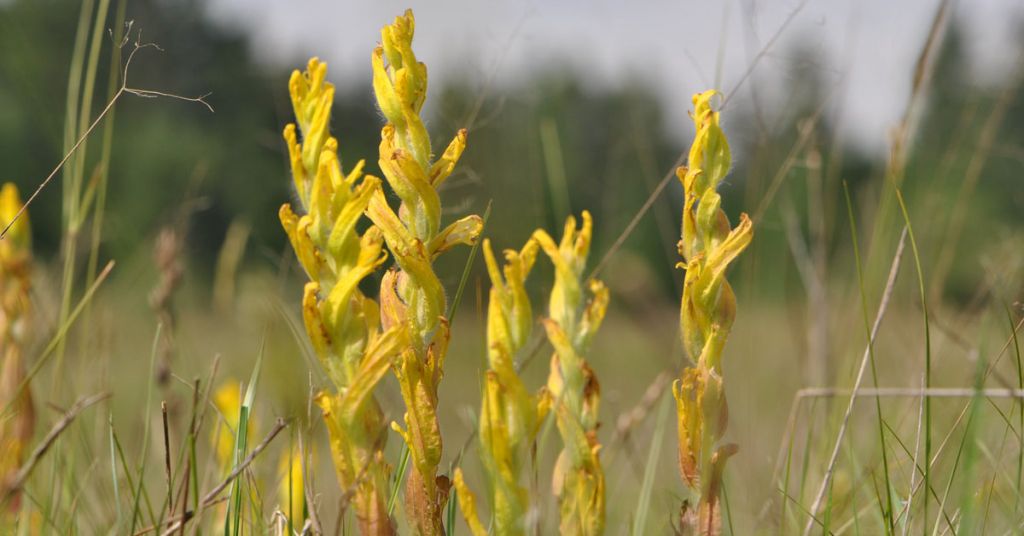
Golden hour: From B.C. to Oregon, the golden paintbrush is thriving again. Photo by Anne MS/CC
By Jordan Rane. July 5, 2021. For some happy proof that a spot on the list of endangered species doesn’t always signal a death knell, look no further than the timely comeback of one of the prettiest and most aptly named wildflower species in the Columbia River Basin.
Twenty-five years ago, you’d be hard pressed to find a single golden paintbrush in the Willamette Valley—one of the original canvases for this naturally flowering herb capped by a namesake yellow tip that’d make Bob Ross drop his TwoInch.
Last month, the U.S. Fish and Wildlife Service proposed the removal of Castilleja levisecta (commonly known as the golden paintbrush) from the Federal List of Endangered and Threatened Plants.
[perfectpullquote align=”full” bordertop=”false” cite=”” link=”” color=”” class=”” size=””]“It’s a good day for the paintbrush.” —Center for Biological Diversity[/perfectpullquote]
“Our review of the best available scientific and commercial data indicates threats to the golden paintbrush have been eliminated or reduced to the point that the species is not in danger of extinction or likely to become so in the foreseeable future,” noted the U.S. Fish Wildlife Service in a 30-page Federal Register report representing “a compilation of the best scientific and commercial data available concerning the status of the species.”
With only 10 known golden paintbrush populations hanging by a stem by the late 1990s, the iconic plant native to the western grasslands of Oregon and Washington and southwestern British Columbia had been listed as “threatened” under the Endangered Species Act since 1997.
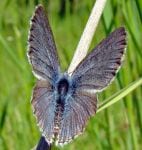
Big fan: Fender’s blue butterfly. Photo USFWS
Largely due to years of habitat protection and re-seedings, over half a million paintbrush plants now cover nearly 50 sites, according to the USFWS. More than half of these sites have been revitalized in Oregon’s Willamette Valley where the golden paintbrush was once completely wiped out.
“It’s a good day for the paintbrush,” said the Center for Biological Diversity in a late June press release, lauding 1973’s Endangered Species Act as the bulwark against its near disappearance due to habitat loss, invasive species and recreational picking.
A short-lived perennial that grows to only about a foot high, the paintbrush’s resurgence may help spark its own domino effect of additional good ecological tidings—including a June 22 downlisting (from “endangered” to “threatened”) of the Fender’s blue butterfly, which thrives among the Willamette Valley’s golden paintbrushes.
Columbia Insight contributing editor Jordan Rane is an award-winning journalist whose work has appeared in CNN.com, Outside, Men’s Journal and the Los Angeles Times.




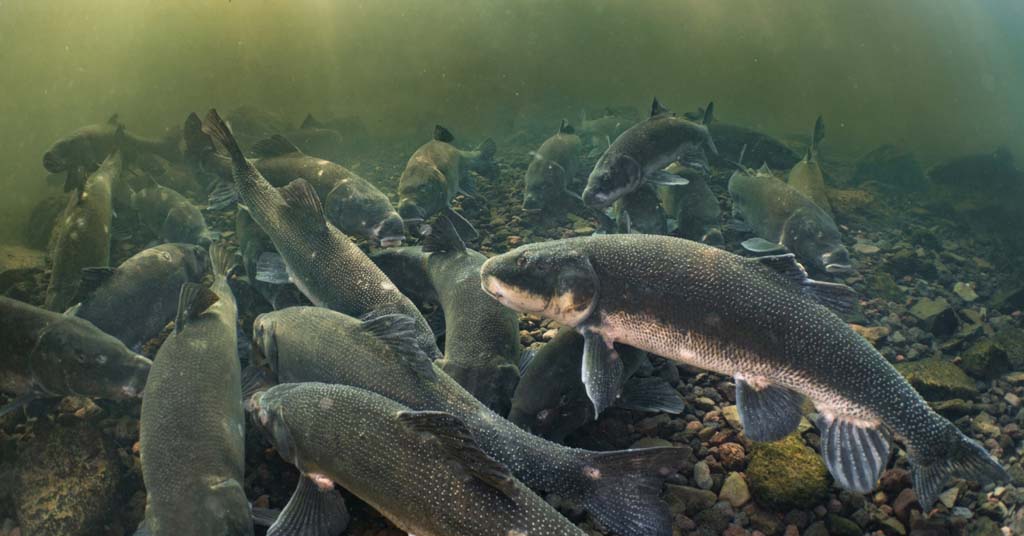

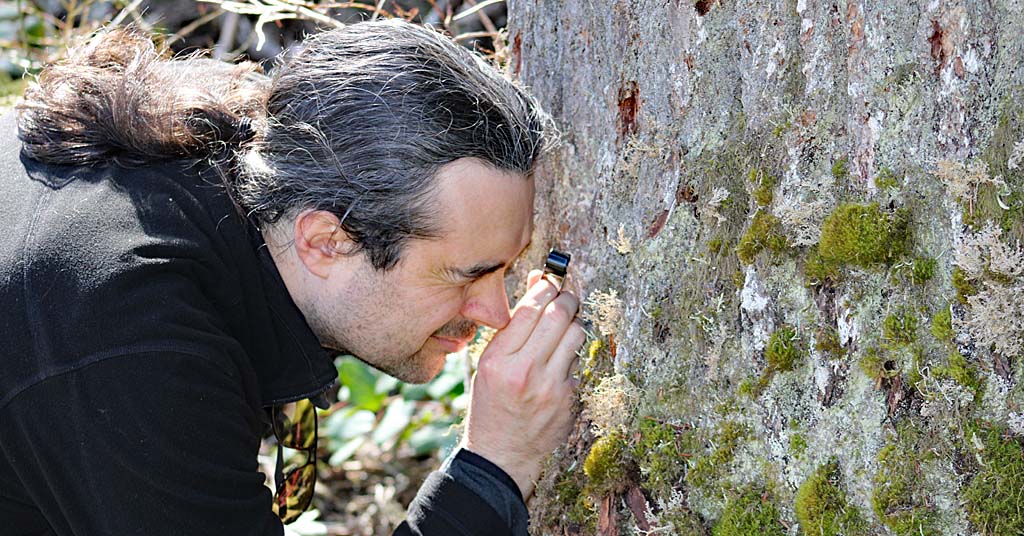
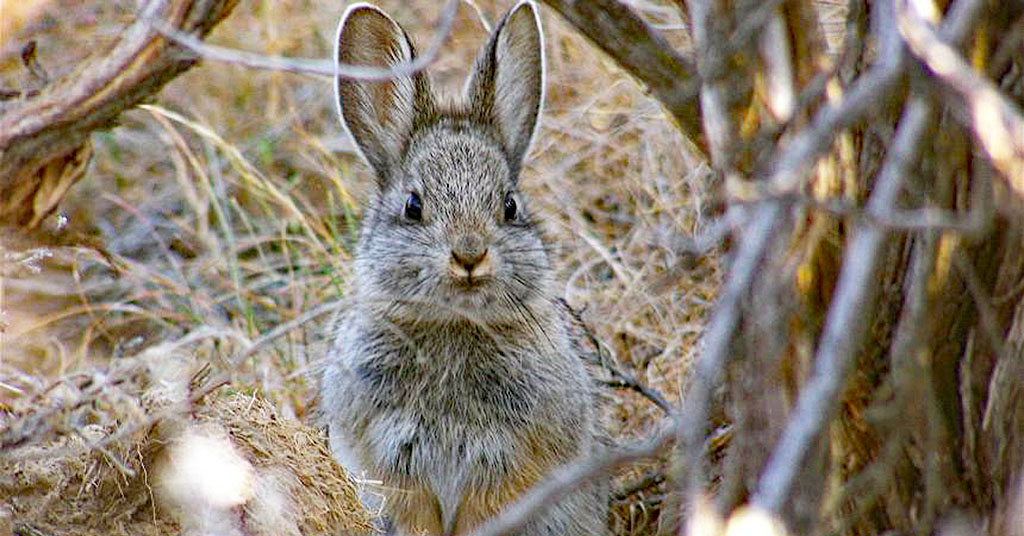



very clear and good article easy to understand. Thank you